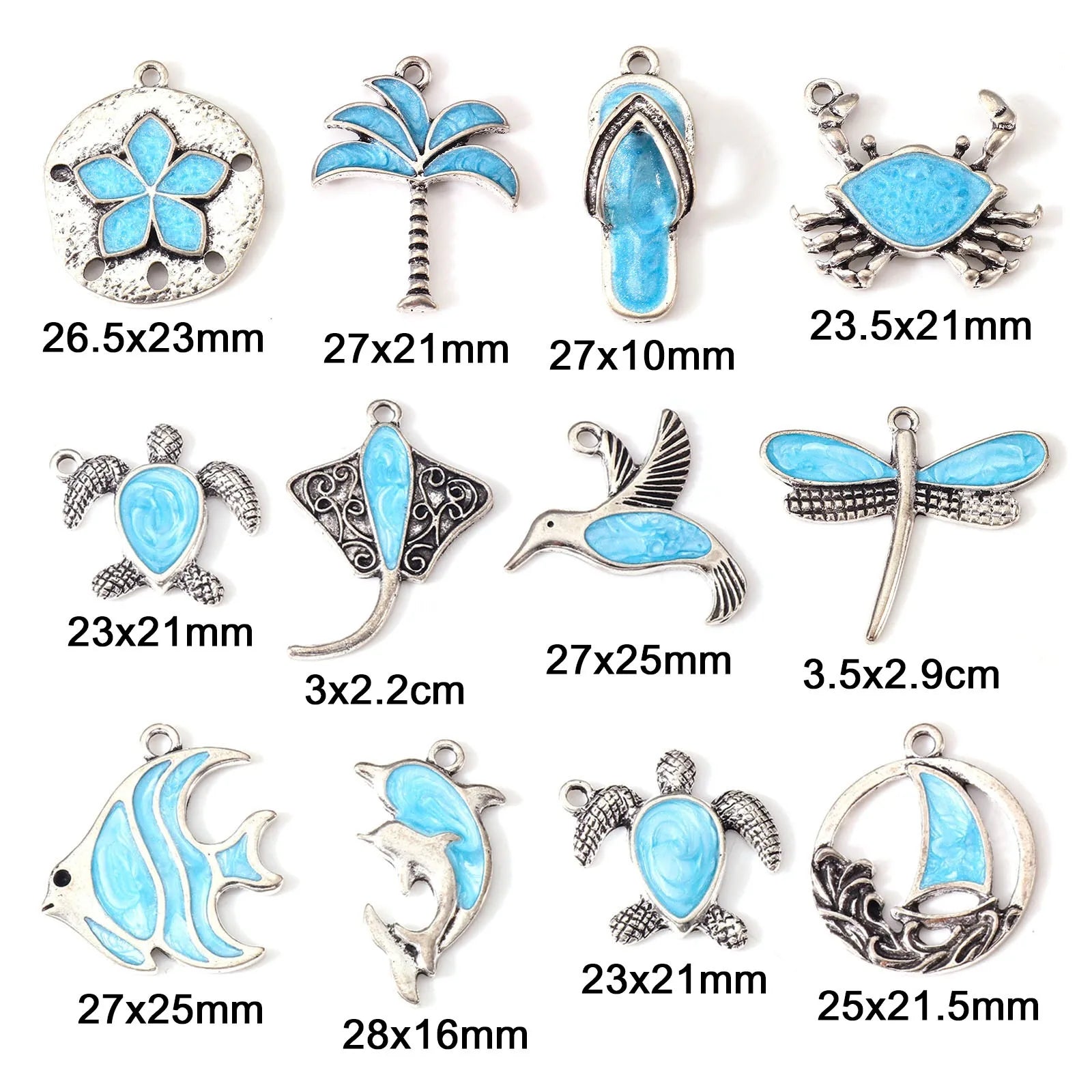What Information is Most Important When Passing Near a Lighthouse?
What Information is Most Important When Passing Near a Lighthouse?
Lighthouse Location and Characteristics
When passing near a lighthouse, it is crucial to have information about its location and characteristics. Lighthouses are usually located in prominent spots along the coastline, serving as beacons for mariners. Their unique characteristics, such as the pattern of the light, its range, and the color of the lens, help sailors identify them from a distance.
Knowing the specific location and characteristics of a lighthouse can be extremely helpful in navigation. This information allows sailors to determine their distance from the shore, identify potential hazards, and ensure they are following the correct route.
Understanding the Navigation Signals
One important aspect of passing near a lighthouse is understanding the navigation signals it emits. Lighthouses use different combinations of light patterns, colors, and sounds to communicate critical information to passing vessels.
For example, some lighthouses have a distinctive flashing pattern that helps mariners distinguish them from other lights in the area. Others may emit a characteristic sound or have specific colors associated with their lights. Understanding these signals can assist sailors in identifying the lighthouse and its purpose, whether it marks a hazardous area or serves as a navigational aid.
By being familiar with the navigation signals of lighthouses, sailors can navigate safely and effectively near these structures, minimizing the risk of accidents.
Importance of Local Charts and Nautical Guides
In addition to understanding the characteristics and signals of a lighthouse, having access to local charts and nautical guides is paramount. These resources provide detailed information about coastal areas, including the locations of lighthouses, navigational aids, and potential navigational challenges.
Local charts offer precise positions of lighthouses, helping mariners plan their routes and avoid hazards. Nautical guides supplement charts by providing essential information about tides, currents, depths, and potential dangers, ensuring safe passage near lighthouses.
By consulting local charts and nautical guides, sea lovers can gather comprehensive information about the area they are navigating, including the importance and relevance of nearby lighthouses.
Understanding Lighthouse Signals for Safe Navigation
Aside from the location and characteristics of lighthouses, understanding their signals is vital for safe navigation while passing near them. These signals serve as visual cues for mariners, indicating the presence of obstacles, hazardous conditions, and navigational directions.
By observing the different signals, sailors can take appropriate action, adjust their course, and avoid potential dangers. This knowledge ensures that sea lovers can navigate smoothly and confidently in the vicinity of lighthouses.
Interpreting Light Characteristics
Lighthouses emit light characteristics that play a crucial role in navigation. Different light patterns, such as flashing, alternating, or occulting, indicate specific navigational information. Understanding these patterns helps mariners identify the lighthouse and interpret its meaning in relation to their current route.
For instance, a lighthouse with a flashing light may communicate that the area nearby is hazardous, while an alternating light might indicate that vessels should proceed with caution. By familiarizing themselves with these light characteristics, passionate sea lovers can navigate safely while experiencing the charm of illuminated lighthouses.
Furthermore, understanding the light's range can provide an estimate of the distance from the shore or any nearby hazards. This information allows sailors to plan their course more accurately and avoid potential risks.
Importance of Sound Signals
Sound signals are another essential aspect to understand when passing near lighthouses. These audible signals, such as foghorns or bells, aid mariners in low visibility conditions, such as fog or dense rain.
Recognizing the sound signal of a nearby lighthouse can be crucial in determining its location and ensuring safe passage. By paying attention to specific sound patterns and frequencies, sea lovers can navigate confidently even when their visual range is limited.
Knowing the different sounds and their meanings enables mariners to stay aware of their environment and make informed decisions when navigating near lighthouses.
Appreciating the Historical Significance of Lighthouses
Besides the practical information needed for safe navigation, passing near a lighthouse also offers an opportunity to appreciate their historical significance. Lighthouses have served as vital navigational aids for centuries, guiding sailors safely through treacherous waters.
Understanding the history and cultural significance of lighthouses can enhance the overall experience for passionate sea lovers, creating a deeper connection with the maritime heritage.
Learning about Lighthouse Stories and Legends
Lighthouses often have captivating stories and legends associated with them. Exploring these stories can add a sense of wonder and adventure to the journey of passing near a lighthouse.
From tales of brave keepers who dedicated their lives to protecting sailors, to mysterious apparitions and ghostly encounters, lighthouses have a rich history that can intrigue and fascinate sea lovers.
By delving into these stories and legends, sea enthusiasts can develop a deeper appreciation for lighthouses and the maritime history they represent.
Preserving and Protecting Lighthouses
Passionate sea lovers can also contribute to the preservation and protection of lighthouses. These structures are often iconic landmarks that hold historical and cultural value for coastal communities.
Supporting lighthouse preservation organizations, participating in fundraising events, and spreading awareness about the importance of these structures can help ensure their conservation for future generations.
By actively engaging in activities that promote the preservation of lighthouses, sea lovers can play a role in preserving our maritime heritage and maintaining the beauty of these captivating symbols of the sea.
In conclusion, passing near a lighthouse requires essential information about its location, characteristics, navigation signals, and historical significance. By understanding these aspects and appreciating their importance, sea lovers can navigate safely while enjoying the beauty and allure of these iconic structures. Let us embrace the rich maritime heritage and continue to be captivated by the stories, legends, and symbols of the sea that lighthouses represent.























